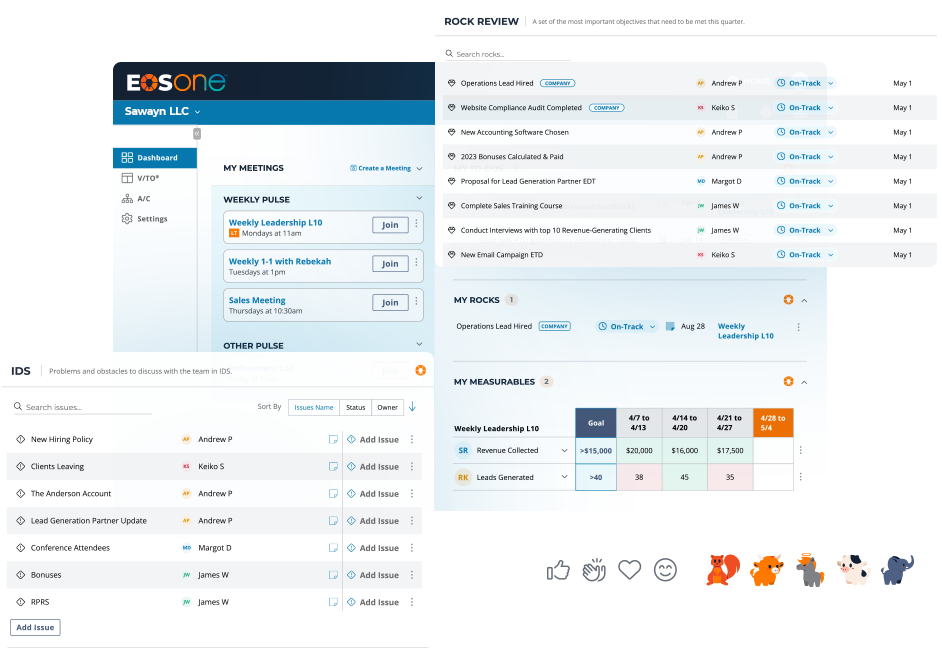Too much silence in a meeting means that your people aren’t speaking up. But if you’re the only one speaking, you essentially have the same problem. Many leaders naturally take risks when making decisions quickly. They think aloud and love to brainstorm. If that describes you, silence in a meeting can be excruciating. But it’s good for business.
While too much silence indicates a lack of team health (which causes an unwillingness to be open and honest in the moment), a lack of silence will keep you hitting the ceiling. I’ve noticed this play out within a few of my clients’ leadership teams. Here’s what happens.
Historically, the Visionary (or another leader) is used to giving their opinion and setting the course. When that happens, they don’t give space for the team to process what’s being said or to process their own thoughts. Any decision that comes out of that meeting is forever the leader’s idea and direction—not the team’s.
Nurture Silence in Your Meetings
If you really want to let go of the vine and supercharge your leadership team, then you need to be comfortable not speaking. Allow silence to happen. Your team’s most important work is being done in the spaces where nothing is said.
When you allow silent moments in a meeting, you’re giving your team permission to speak their minds. It may take some time for ideas to flow, but they will come. And you’ll be surprised by the insights that you hear—insights that you never would have had on your own.
Nurture Silence in Yourself
While your team is processing and sharing their thoughts, just listen. Don’t share your ideas until your team is finished speaking. Only after they have shared their ideas should you share any of yours.
Some of my clients need me to help them balance the level of dialogue, so that one person doesn’t dominate the room. If others don’t speak up, you’ll never achieve your company or personal goals. Instead, you’re still intricately involved with other things, which keeps you from investing in your Unique Ability®.
Understand Your Instincts
Knowing yourself and knowing how you process information can help tremendously. This happens especially when you’re trying to process something that’s unknown and matters to you. That’s when your conative instinct kicks in.
In the EOS Process™, we often use the Kolbe A™ Index with leadership teams to identify each leader’s natural instinctual (conative) strengths. Everyone’s conative instinct is different. When you’re striving to solve a problem with your leadership team, most people in the room will come at it from completely different ways, driven by their instinct.
If you’re a high Quick Start leader, that means learning to embrace the pause. Let others speak first, even though you want to drive forward. They will need time to process the information and catch up.
To the degree that you know yourself and your team, it will help you to solve Issues at a whole new level—without bogging down your leadership team or preventing them from working through it for themselves.
Shhh!
A leadership team that doesn’t have the space to process their thoughts internally isn’t leading—they’re following. And a leader who is driving all of the leadership team’s decisions is holding onto the vine. Neither you nor your team can be truly effective without that space to think during a meeting.
This week, before your next meeting, ask your Level 10 Meeting facilitator to hold you accountable for creating space for the team to think and speak first. Share this article with them and see what kind of brilliance emerges from your leadership team.
Supercharge your leadership team’s decision-making power. Download Decide! by Gino Wickman for free.



